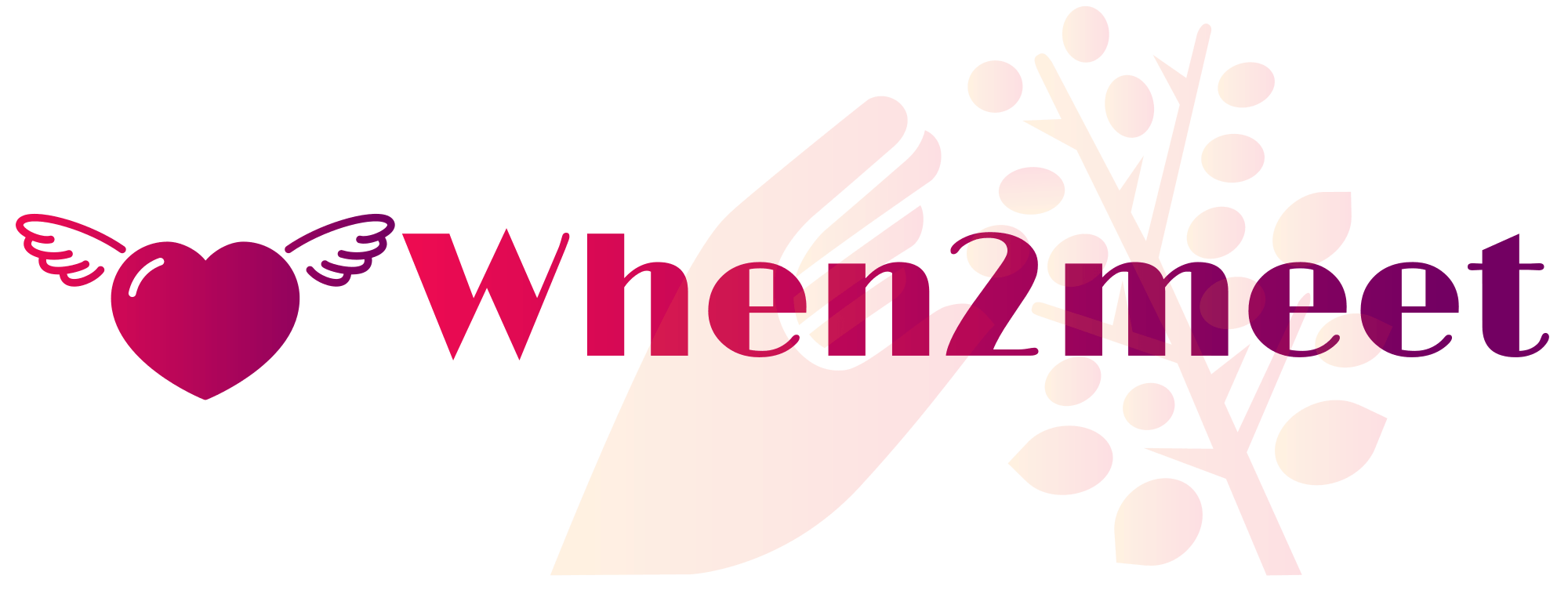In meeting time planner a world where every minute counts, scheduling a meeting that suits everyone’s availability can become more complex than it should be. Whether you’re part of a growing startup, a corporate team, or working with global partners, organizing a meeting that respects everyone’s time is key. That’s where a meeting time planner becomes your quiet ally, helping teams connect with ease and mutual consideration.
Why Meeting Time Planners Matter
In a world where collaboration fuels success, timing often becomes a silent yet powerful factor. Planning a meeting isn’t just about picking a time it’s about honoring everyone’s availability, energy, and priorities. That’s where meeting time planner make a quiet but meaningful difference.
Making Coordination Less Stressful
Gone are the days when endless email threads were needed to finalize a simple meeting. A meeting time planner cuts through the noise, offering a peaceful way to align calendars and eliminate uncertainty. It’s about simplifying coordination without causing inconvenience.
Encouraging Fair Participation
With built-in features that reflect availability across time zones and personal schedules, these tools ensure no voice is left out due to timing issues. They promote equity in participation, especially when teams are spread across regions or working flexible hours.
Core Features That Bring Comfort and Clarity
A well-designed meeting time planner isn’t just a scheduling tool it’s a thoughtful companion that quietly brings organization and ease to your daily workflow. The best planners do more than manage time; they help people feel seen, heard, and considered. Let’s explore some of the core features that add a sense of comfort and clarity to the scheduling process.
1. Calendar Integration
Many meeting time planner sync effortlessly with popular calendars like Google Calendar, Outlook, or iCal. This allows users to check their own availability instantly without flipping between apps.
2. Time Zone Management
Remote teams benefit greatly from automatic time zone detection and conversion. What might be lunchtime in New York could be midnight in Tokyo these tools help find a gentle middle ground.
3. Poll-Based Scheduling
Participants can vote on preferred times, giving the host a clearer picture of what works best for everyone.
4. Automated Reminders
These subtle nudges ensure that attendees remember their commitments without overwhelming their inboxes. A soft reminder before a meeting can make a big difference in attendance and preparation.
Ideal for Every Type of Team
One of the most comforting things about a meeting time planner is its adaptability. Whether you’re part of a growing startup, a remote-first company, or a hybrid team that shifts between home and office this tool molds itself gently to fit your working style. It doesn’t just organize meetings; it understands the unique rhythm of each team.
Remote Teams
Distributed teams working from different countries often struggle with coordination. Meeting time planners allow everyone to contribute to scheduling without pressure, avoiding late-night calls or awkward hours.
Hybrid Workplaces
As more companies adopt hybrid models, the need for real-time scheduling has grown. Meeting planners act as neutral facilitators between in-office and remote employees.
Freelancers and Consultants
Independent professionals working with multiple clients can use planners to offer availability windows, keeping their day organized while respecting client preferences.
Benefits That Go Beyond Scheduling
While the primary role of a meeting time planner is to organize when people meet, its value gently extends far beyond the calendar. It’s not just about finding a time slot it’s about creating space for better conversations, stronger teams, and more mindful work.
Saves Valuable Time
Manual scheduling can waste hours each week. With a meeting time planner, decision-making is swift and based on real-time data, freeing up time for actual work.
Reduces Miscommunication
By presenting availability visually and clearly, it reduces the chances of misunderstandings, missed emails, or wrong time conversions.
Improves Team Dynamics
When scheduling becomes easy and fair, it positively affects how people interact. It shows mutual respect and a willingness to collaborate, creating a healthier work environment.
Popular Tools That Offer a Gentle Experience
While the market is full of planning tools, a few stand out for their ease of use and thoughtful design:
1. Doodle
Doodle is user-friendly and ideal for simple polls and group scheduling. Participants don’t even need an account to vote on times.
2. Calendly
Calendly works well for individuals and teams. Its elegant interface allows invitees to book time slots based on your availability without the usual back-and-forth.
3. When2meet
A straightforward tool with a visual interface where users mark their free slots. It’s simple, clean, and very collaborative.
4. Microsoft FindTime
Especially useful for Outlook users, this tool integrates directly with your calendar and suggests the best times based on team availability.
Conclusion
A meeting time planner is more than just a utility it’s a way to show care for everyone’s time and presence. It replaces the stress of scheduling with clarity, comfort, and consideration. In today’s interconnected world, where collaboration is essential, such tools quietly yet powerfully help teams come together in a way that feels fair and respectful.
FAQs
- What is a meeting time planner?
A meeting time planner is a digital tool that helps individuals and teams find the most suitable time to meet, based on everyone’s availability. It simplifies scheduling and reduces conflicts.
- Are these tools suitable for international teams?
Yes, most meeting planners come with time zone conversion features, making them ideal for global teams working across different time zones.
- Can I use a meeting planner even if others don’t have the same calendar?
Absolutely. Many planners allow you to share links or invite participants through email, even if they don’t use the same calendar app as you.



